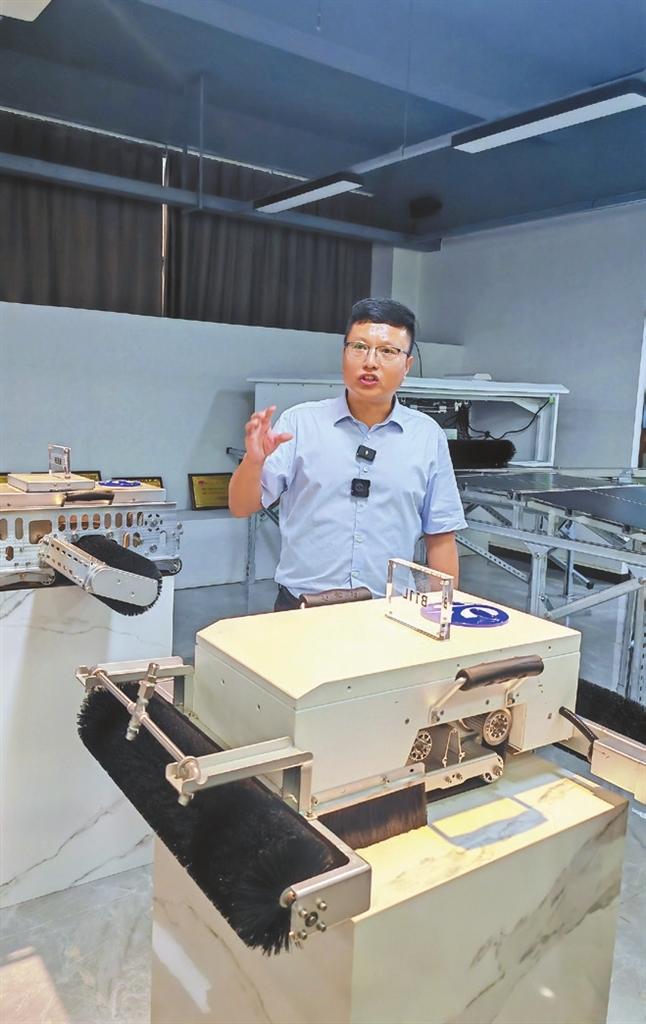
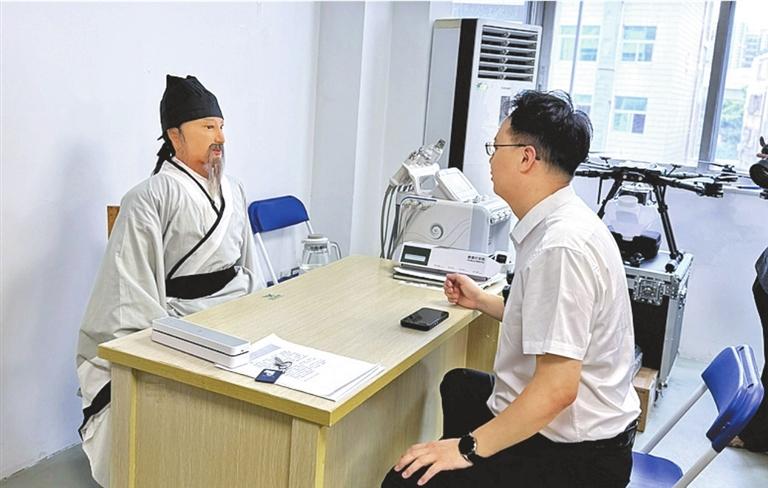
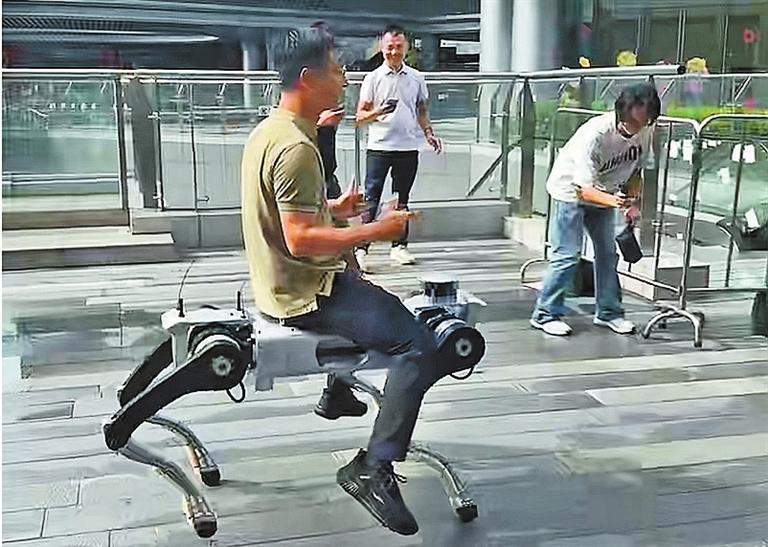
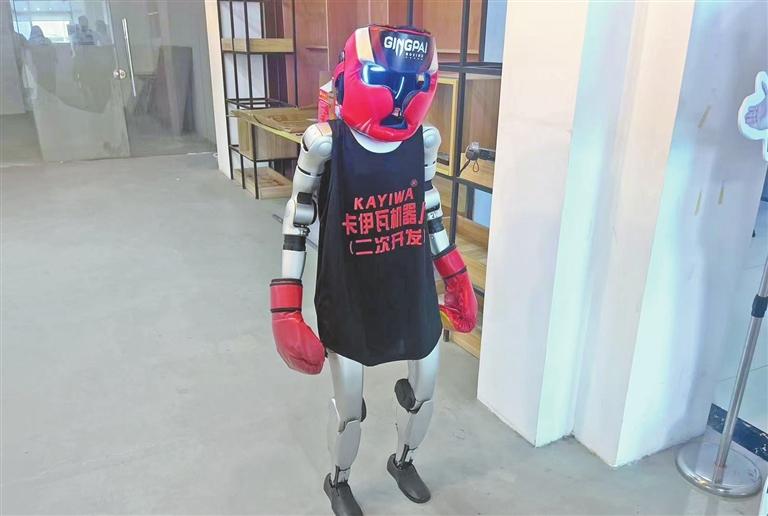
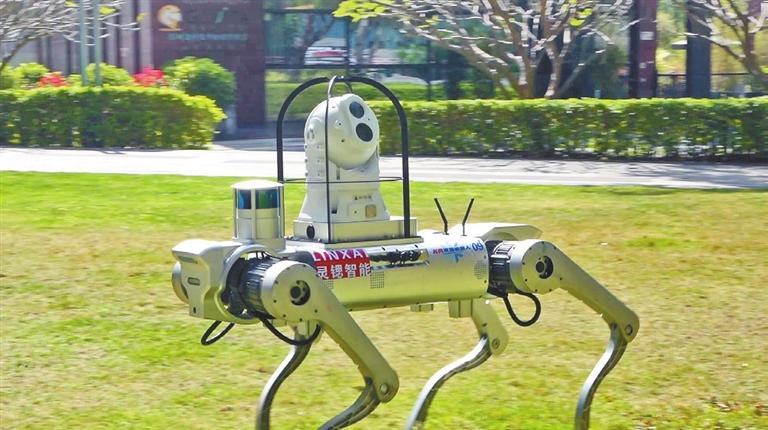
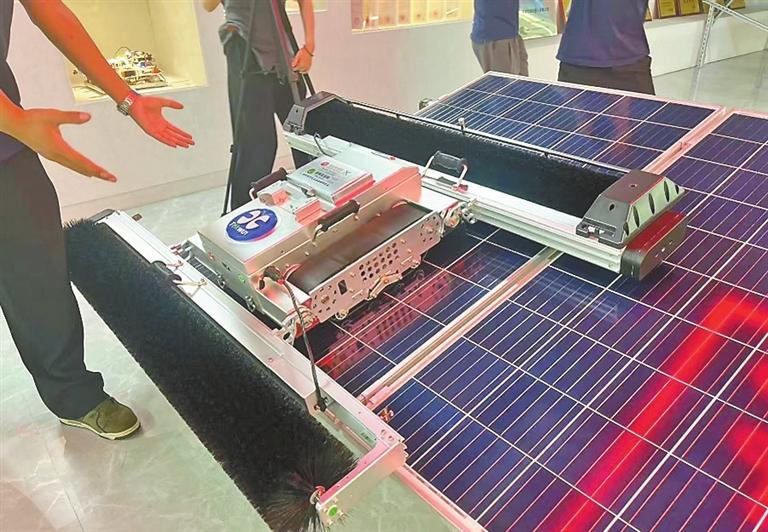
IN Shenzhen’s Longgang District, a new wave of robotics innovation is reshaping industries and accelerating artificial intelligence (AI) applications. From robot dogs sturdy enough to carry 50 kilograms to solar panel cleaning robots boosting power output by up to 35%, Longgang is emerging as a hub for embodied AI development and applications. Robotics in action At Kayiwa Robotics, customized medical bots generate real-time diagnostic reports, concierge robots hold fluent conversations with visitors, and repurposed boxing robots from Unitree and EngineAI robots move with the agility of bodyguards. The company’s robots, deployed across sectors ranging from hospitality to logistics, generate over 2 billion yuan (US$275 million) in annual revenue, with 40% coming from overseas sales. Founded in 2014, Kayiwa overcame technical bottlenecks in robot joint modules to develop high-performance reducers with an 8,000-hour lifespan, replacing imports. “Shenzhen has over 1,000 robotics firms, developing more than 150 robot models for diverse scenarios. And success usually lies in addressing niche demands,” said founder Zhang Qifeng. “Small, targeted products unlock larger markets. For example, our noodle-cutting robot quickly received thousands of orders because it directly addressed chefs’ pain points.” Kayiwa is also developing animatronic panda pet robots slated for global release by year’s end, according to Zhang. Similarly, Kwunphi shifted from window-cleaning bots to solar panel maintenance after recognizing the massive losses caused by dust-covered photovoltaic stations. Their solar panel cleaning robots use millimeter-level visual navigation and ultra-high cleaning frequency — up to 170 times annually — to effectively remove dust and grime that can cut solar output by billions annually in China. “Our autonomous cleaning robots can increase solar power plant output by 15% to 35%, sometimes raising generation rates from 87% to above 98%,” said Sun Lei, Kwunphi’s executive director. Priced around 200,000 yuan each with a decade-long lifespan, these robots promise a payback period under two years. More than 600 units have sold worldwide since mid-2023. At the heart of Longgang’s robotics surge is Linxai Technology’s agile robot dog, already deployed at the Shenzhen Universiade Center for security patrols. Weighing 60 kilograms and capable of steadily carrying 50 kilograms with a peak load of 120 kilograms, the Linxai robot integrates multi-modal sensing, edge computing, and adaptive path-planning to operate intelligently in complex environments. Linxai CEO Xiao Kai said the company’s robot dog is “not just walking, but thinking,” featuring autonomous learning that continuously improves motion control. The firm, with 80% of its staff focusing on research and development (R&D), plans to expand into fire rescue missions and humanoid robotics, according to Xiao. Industry cluster fuels innovation Home to more than 350 AI and robotics companies, Longgang boasts one of Shenzhen’s strategic AI and robotics clusters. The district’s AI industry grew 6.5% in output in 2024 from a year ago, reflecting rapid expansion. Kayiwa’s Zhang said the ecosystem supports efficient secondary development, allowing customization of robots — especially humanoid models — tailored to client needs. Orders for Kayiwa’s custom humanoid robots, which cost about 500,000 yuan each, have surged, generating nearly 60 million yuan in revenue in just the first half of the year, Zhang added. He attributes this to the support of Longgang’s robust upstream and downstream supply chains, with hundreds of local partners providing components ranging from facial silicone to vision and audio modules. Similar enthusiasm comes from Linxai’s Xiao, who praises Longgang’s diverse application scenarios — ranging from security patrols to facility guidance — which create real-world testing grounds essential for innovation. “Longgang provides unmatched real-world scenarios for robotics,” said Xiao. The district’s comprehensive infrastructure facilitates rapid prototyping, with new robot models delivered within roughly a month at affordable development costs, Xiao noted. Toward broader applications To fully support the district’s AI and robotics development, the Longgang District Government recently rolled out the Three-Year Action Plan for Humanoid Robots (2025–2027), establishing the nation’s first humanoid robot demonstration block in Longgang’s Bantian area. With the goal of accelerating AI and robotics integration and fostering a complete industry ecosystem — from chip design and algorithm development to hardware manufacturing and application deployment — the block will offer testing grounds for aerial, terrestrial, and aquatic robots. The area will combine theaters, labs, and industrial parks to support research and industrialization. The district's Party Secretary Yu Xiquan has vowed to seize strategic opportunities in AI and robotics development. Over the next three years, Longgang plans to inject 10 billion yuan in government orders, deploying more than 1,000 robots in urban management and public service roles, further catalyzing smart city advancements. With a thriving cluster of companies, R&D breakthroughs, and government support, Longgang is rapidly becoming a leading incubator for humanoid robots that promises to redefine human-machine collaboration across industries. A 2024 RAND Corp. report noted that 80% of AI projects have stalled and underscored the pressing challenge of translating AI’s enormous potential into concrete results. Many AI projects fail due to insufficient data, overemphasis on cutting-edge technology rather than real user problems, and inadequate infrastructure for data management and model deployment, according to the report. The Central Economic Work Conference last December, which called for large-scale demonstrations of new technologies, products, and scenarios, catalyzed local government efforts to step up the real-world deployment of lab-developed technologies. Instead of relying solely on financial incentives to attract investors, authorities are now promoting the profit potential of application scenarios as a new approach to draw in businesses. In Shenzhen, the entire city serves as a testing ground for new technologies and products. The city has released “scene lists” to identify city-level needs and implement corresponding measures. “We plan to open 100 more application scenes by 2025, with comprehensive, all-day, full access in fields like municipal sanitation, emergency rescue, AI-assisted health care, and medical wellness,” said Lin Yi, director of the Shenzhen AI industry office. (Li Jing) | 
